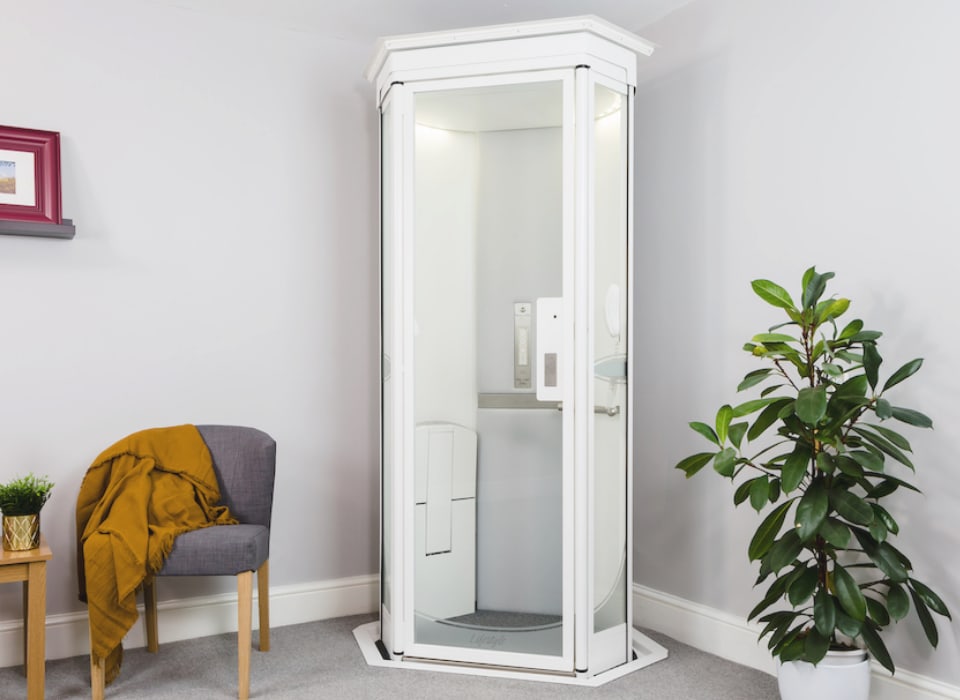Looking Into the World of Elevators: Usual Concerns Encountered by Different Lift Mechanisms
As we navigate via the vertical transportation systems of contemporary buildings, elevators stand out as a crucial element of our day-to-day lives. From hydraulic elevators to grip systems and machine-room-less styles, each lift type comes with its collection of usual problems.
Hydraulic Lifts
Hydraulic lifts, frequently liked for low-rise structures, make use of fluid stress to regulate the movement of the elevator auto (lift repair companies). This system involves a hydraulic pump pressing oil into a cyndrical tube, triggering the lift to relocate the wanted instructions. While hydraulic lifts are recognized for their silent and smooth procedure, they do feature their very own collection of common issues
One prevalent problem with hydraulic elevators is oil leakage. The seals in the hydraulic system can wear over time, resulting in oil seepage. If left unaddressed, this not just produces a mess however can likewise impact the elevator's performance. Furthermore, problems with the control system, such as faulty valves or a malfunctioning pump, can trigger interruptions in the lift's activity.
Regular upkeep and punctual fixings are necessary to make sure the smooth functioning of hydraulic elevators. By addressing these usual problems proactively, building proprietors can lessen downtime and make sure the safety and performance of their upright transportation system.
Grip Elevators
When considering upright transportation systems in structures, one more common kind other than hydraulic elevators is the grip elevator. Traction lifts operate using a system of ropes and weights that move the lift automobile by gripping onto the hoist ropes. This system permits smoother and quicker vertical transportation contrasted to hydraulic systems.
One of the common issues encountered by grip lifts is rope wear. The constant motion of the ropes within the grip system can cause tear and put on gradually, possibly triggering the lift to malfunction or end up being hazardous for usage. Routine evaluations and upkeep of the ropes are vital to make sure the lift's appropriate performance and safety.
One more issue that traction elevators might come across is connected to the control system. Troubles with the control system can lead to concerns such as unpredictable movement, delays in feedback times, or perhaps full closures. Regular testing and maintenance of the control system are essential to stop such problems and make certain the elevator's dependability.
Machine-Room-Less (MRL) Lifts

One of the crucial parts of MRL elevators is the small gearless grip machine that is set up within the hoistway. This device effectively drives the elevator cars and truck without the need for large devices discovered in typical traction elevators. Furthermore, MRL elevators generally utilize a counterweight system to stabilize the auto, additional boosting their energy efficiency.
Despite their benefits, MRL elevators may deal with challenges connected to repair and maintenance because of the restricted area for tools installation. Availability for servicing parts within the shaft can be limited, needing specialized training for service technicians. Correct upkeep timetables and routine inspections are vital to ensure the continued smooth procedure of MRL lifts.
Overloading and Weight Limit Issues
Overloading and weight limit concerns are essential problems in elevator operations. Elevator suppliers layout lifts with particular weight capacities to ensure guest safety and security and devices longevity.
When elevators are strained, it places excessive strain on the electric motor, cords, and other components, possibly creating breakdowns or malfunctions. If they find excess weight, security devices such as sensing units and overload sensing units are in area to stop elevators from Read More Here moving. Furthermore, surpassing weight limitations can bring about increased power consumption and damage on the elevator system.
To alleviate overloading problems, building managers should plainly present weight limitations in lifts and educate occupants Read Full Report on the importance of sticking to these constraints - lift repair companies. Routine upkeep checks by certified professionals can additionally assist make certain that elevators are operating within risk-free weight criteria. By dealing with overloading and weight restriction issues proactively, building proprietors can boost lift safety and effectiveness
Electric System Failures
Exceeding weight limits in elevators can not only cause mechanical concerns but likewise potentially add to electric system failings within the lift framework. Electric system failings are a vital problem in lift procedure, as they can create unexpected shutdowns, malfunctions, and even security dangers. One usual electric concern is the getting too hot of parts due to excessive present flow triggered by overwhelming the lift past its capability. This can bring about harm to the control, wiring, or motor systems, causing costly fixings and downtime.
Regular upkeep and evaluations are critical to determine and deal with potential electrical issues promptly, making certain the secure and efficient operation of lift systems. By sticking to weight limits and carrying out regular electrical system checks, building proprietors can minimize the danger of electric failings in elevators.
Conclusion

Hydraulic elevators, often preferred for low-rise structures, make use of fluid stress to control the movement of the lift auto.When taking into consideration upright transport systems in buildings, an additional usual type apart from hydraulic lifts is the traction lift. Grip elevators run making use of a system of ropes and counterweights that relocate the elevator vehicle by clutching onto the hoist ropes. Unlike standard elevators that require a separate equipment space to house the equipment, MRL lifts integrate many of the components within the shaft, removing the requirement for a dedicated equipment room.In verdict, elevators deal with common problems such as hydraulic breakdowns, traction system failings, and electrical system issues.